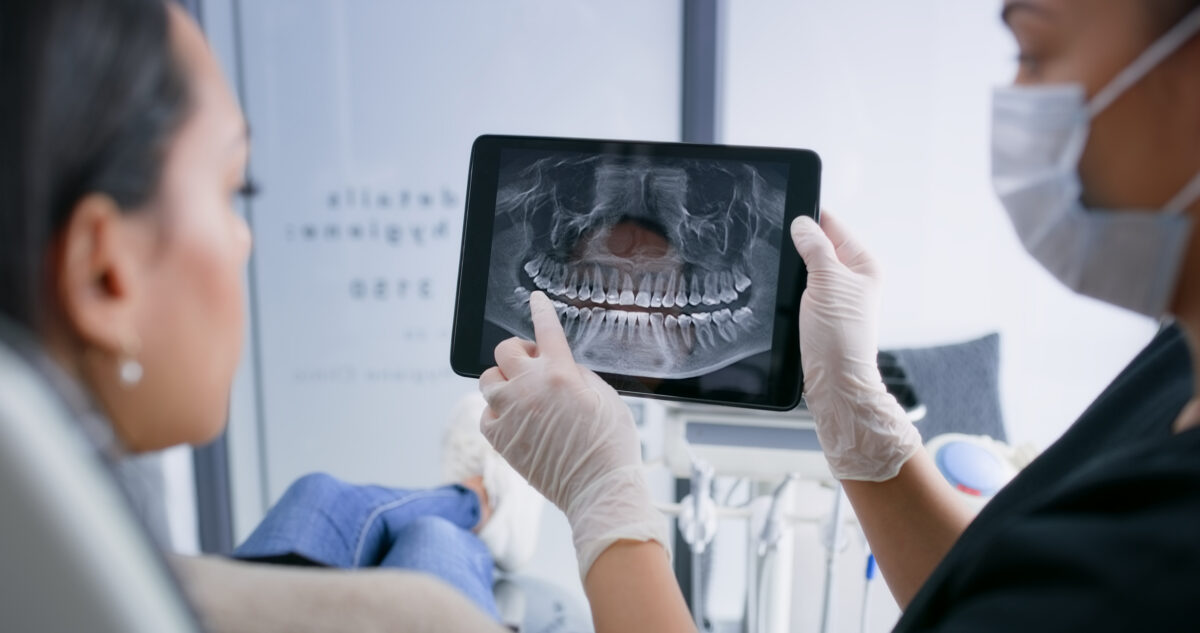Many people with oral health conditions may have never even heard of a medication called methylene blue. The name itself may be somewhat confusing, as it seems to imply that it is simply some kind of dye and not a substance with important clinical uses. While it was initially made as a dye, its uses have changed dramatically over the years.
Interestingly, its first clinical uses were as a “dye” of sorts – it can be used to identify abnormal cells and was first used to detect invaders like bacteria. The main clinical use now and primary FDA indication is for the treatment of methemoglobinemia. This condition involves an increased amount of a particular type of blood cell that does not carry oxygen, leading to multiple health problems and a distinctive blue color to some body areas.
Since it was first used as a diagnostic aid, several new uses for methylene blue have been discovered. One of these uses its photosensitizing effects to target bacteria and fungus with light therapy.
MB Combination Light Therapy
There has been increased research into the benefits of methylene blue in combination with light therapy to target bacterial and fungal infections. Our focus will be on the mouth and using MB as an antimicrobial. The mouth is one area of the body where bacteria have the potential to cause serious damage. Plaque has the potential to erode the gums and teeth and even lead to tooth loss. Dentists are looking for ways to reduce microbial contamination of the mouth without using antibiotics, which may not be effective due to bacterial resistance.
Numerous oral conditions have been studied as targets for treatment with methylene blue and light therapy include oral lichen planus, burning mouth syndrome, and more. There have been positive results in some trials and case studies.
Photodynamic therapy utilizes a light device in combination with a photosensitizer to target bacterial cells. In an important study, researchers compared using light alone, methylene blue alone, and a control to examine how they affected bacterial growth. It was found that there was no significant difference between the control and either the light or methylene blue used alone. There was, however, a significant difference when the light therapy was combined with methylene blue.
Studies have shown that the combination of treatments reduces the viability of all microorganisms and the vitality of intact biofilms in the mouth. In one study, it was found that Aggregatibacter actinomycetemcomitans, Fusobacterium nucleatum, and Porphyromonas gingivalis cultivated in vitro in planktonic state were almost completely killed after exposure to blue light for a duration of 15 (P. gingivalis) to 60 (F. nucleatum) seconds.
The effects of light devices on oral bacteria are enhanced with a photosensitizer like methylene blue. MB can be compounded in a solution with a specialized vehicle that improves adherence to all areas of the mouth when used in the form of a rinse.
Articles
Treatment of periodontal disease with dental curing light – could it be that simple? – https://www.ncbi.nlm.nih.gov/pmc/articles/PMC3882849/
Effect of methylene blue-mediated antimicrobial photodynamic therapy on dentin caries microcosms – https://link.springer.com/article/10.1007/s10103-017-2379-3
Phototoxic effect of blue light on the planktonic and biofilm state of anaerobic periodontal pathogens – https://www.ncbi.nlm.nih.gov/pmc/articles/PMC3651940/

